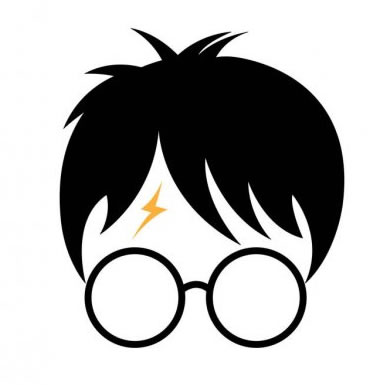Rune Dictionary
written by Venita Wessex
An introduction to the interpretation and usage of Germanic runes.
Last Updated
05/31/21
Chapters
16
Reads
53,614
Chapter 10: Uncategorized Runes from the Anglo-Saxon Futhorc
Chapter 12
ᚪ
Ac
Phonetic value: /a/, as in the English, stock, the French patte, and the Spanish madre
Meaning: Oak tree
Changes: The existence of this rune in and of itself is a change, as it was not present in the Elder Futhark.
ᚫ
Æsc
Phonetic value: /æ/, as in the English cat, and the French bain
Meaning: Ash tree
Changes: The existence of this rune in and of itself is a change, as it was not present in the Elder Futhark.
ᚣ
Yr
Phonetic value: /y/, as in the English you, the French yeaux, and the Spanish ayer
Meaning: Bow
Changes: The existence of this rune in and of itself is a change, as it was not present in the Elder Futhark.
General Notes: This rune’s meaning of bow is commonly held to specifically be a bow fashioned from a yew tree.
ᚸ
Gar
Phonetic value: /g/, as in the English goblin, the French gain, and the Spanish gato
Meaning: Spear
Changes: The existence of this rune in and of itself is a change, as it was not present in the Elder Futhark.
ᛡᚸ
Iar or Ior
Phonetic value: [io], as in the English helios
[ia], as in the English diaspora
Meaning: The world serpent / Beaver / Eel
Changes: The existence of this rune in and of itself is a change, as it was not present in the Elder Futhark.
Magical Uses: As you can see from the traditional Muggle interpretations listed above, there is some confusion over just what this rune meant. The reason for this confusion is, in part, due to the fact that it was, in magical circles, widely used to stand for all types of dragons which had different habitats. While it is very difficult to prove without any skeletal evidence (which has yet to be uncovered), some magizoologists who have a particular interest in cryptids maintain that thousands of years before the dragon and the Ban on Experimental Breeding, there were far more types of dragons-like creatures than there are now, and those “dragons” were far more different from each other than our current species. Some of these claims include the existence of drakes, wyrms, and wyverns.
General Notes: The various meanings all pertain to water creatures, and this is the key thing to take away from the meaning of this rune. Additionally, some explanation of the term “the world serpent” is due. In Norse mythology, this term refers to an enormous snake that goes by many names, including Jörmungandr and the Midgard Serpent, who was large enough to surround the whole earth.
ᛠ
Ear
Phonetic value: [æ], as in the English dear
Meaning: Soil of earth / Ear of corn / Dust / Grave
Changes: The existence of this rune in and of itself is a change, as it was not present in the Elder Futhark.
Magical Uses: While the rune Gear (also Ger) has been identified as the rune that developed from Jera of the Elder Futhark, it is difficult not to notice Ear’s connections to both life and death, an area of magic with which Jera was frequently used. Some suggest that this rune was added with the intent to continue that magical tradition (and allow Gear to take only the phonetic characteristics of Jera). However, there is no evidence to support this claim.
ᛣ
Calc
Phonetic value: /k/, as in the English kiss, the French cabinet, and the Spanish casa
Meaning: Sandal / Chalice / Chalc
Changes: The existence of this rune in and of itself is a change, as it was not present in the Elder Futhark.
General Notes: Though it is uncertain which of these meanings is correct, or if there is potentially more than one correct meaning, it bears mentioning that chalc is a copper alloy.
ᛢ
Cweorth
Phonetic value: /q/, as in the English quest
Meaning: ?
Changes: The existence of this rune in and of itself is a change, as it was not present in the Elder Futhark.
General Notes: Cweorth can also be transcribed as “kw.” The meaning of this rune is highly uncertain and adherents to the belief that the Anglo-Saxon Futhorc is magical, view the discovery of its meaning as the “Holy Grail.” They feel that this rune may be the key to unlocking our understanding of the Anglo-Saxon Futhorc’s magic.
ᛥ
Stan
Phonetic value: /st/, as in the English list, and the Spanish agosto
Meaning: Stone
Changes: The existence of this rune in and of itself is a change, as it was not present in the Elder Futhark.



